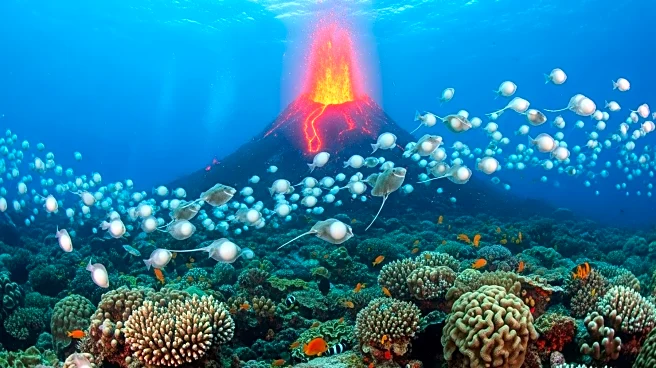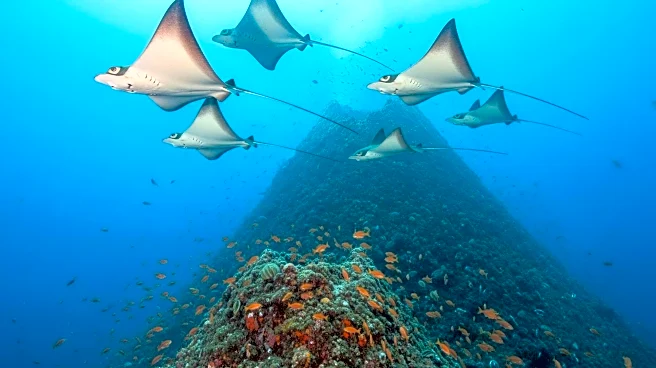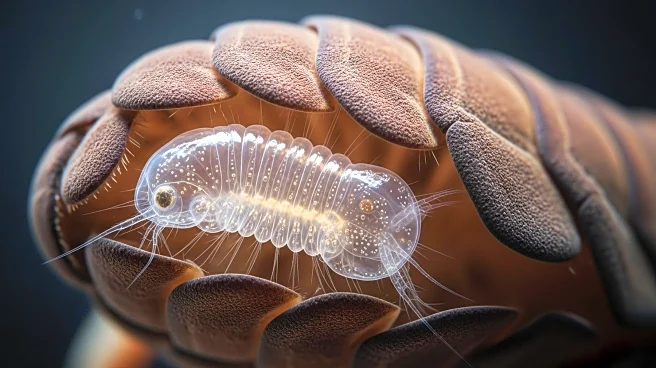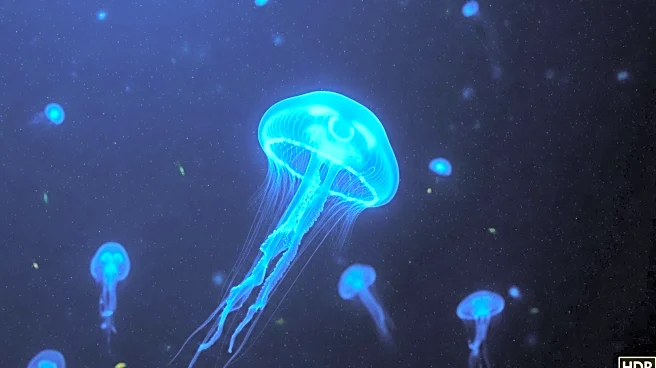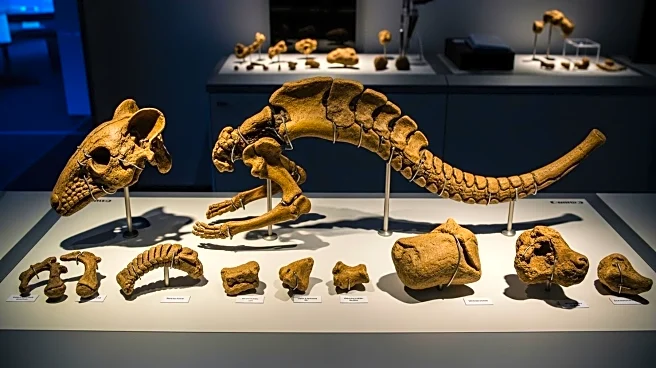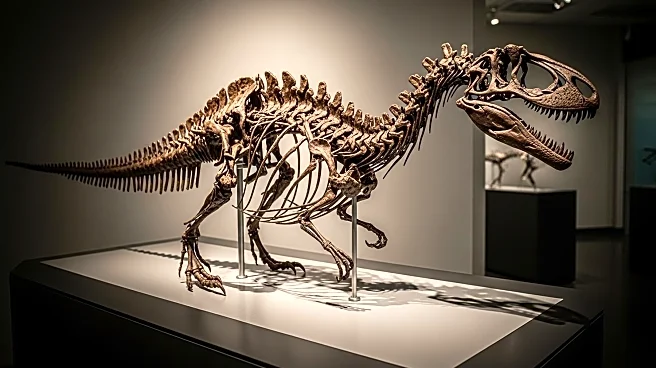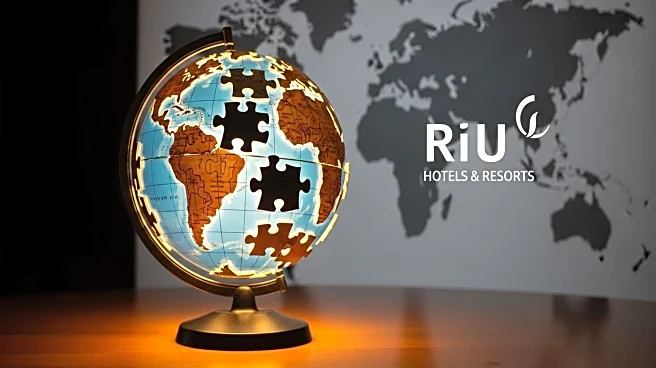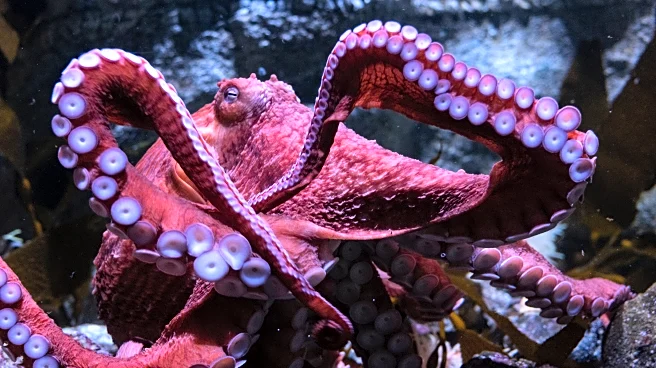What's Happening?
An underwater volcano off Vancouver Island has uncovered millions of giant egg cases, primarily from skate species, in a remarkable discovery. The geothermal heat from the Tuzo Wilson Seamount Complex is accelerating the development of embryos, which typically take years to hatch. This phenomenon is reshaping marine biology by providing a unique nursery environment in the deep sea. Researchers have documented over two million egg cases spread across a small area, marking the highest densities ever recorded for skate reproduction. This discovery highlights the intricate relationship between geology and marine life, with volcanic heat playing a crucial role in the survival and development of deep-sea species.
Why It's Important?
The discovery of this volcanic nursery is significant for marine biology and conservation efforts. It underscores the importance of geothermal heat in supporting biodiversity in the deep sea. The findings could lead to new insights into the reproductive strategies of marine species and the role of underwater ecosystems in global biodiversity. Protecting these fragile ecosystems is crucial, as they are sensitive to environmental stressors such as climate change and deep-sea trawling. The research emphasizes the need for conservation measures to safeguard these unique habitats, which are vital for the survival of various marine species.
What's Next?
Future research may focus on understanding the long-term impacts of volcanic heat on marine life and exploring similar ecosystems worldwide. Conservationists and policymakers might consider implementing protective measures to preserve these delicate environments. The study could also inspire further exploration of geothermal influences on marine biodiversity, potentially leading to new conservation strategies.
Beyond the Headlines
The discovery raises ethical and environmental questions about human activities affecting deep-sea ecosystems. It highlights the need for sustainable practices to minimize the impact on these sensitive habitats. The interplay between geology and biology in the deep sea could lead to a reevaluation of marine conservation priorities.
